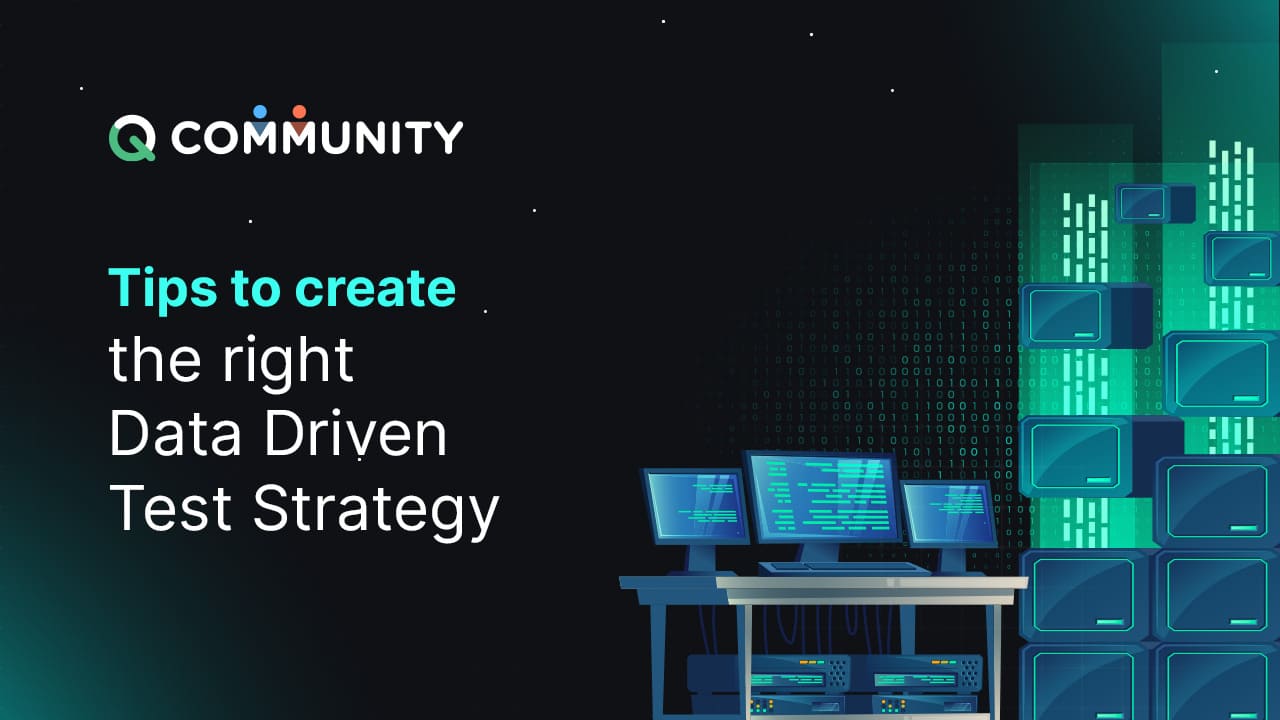Tips to create the right Data Driven Test Strategy

Using data to guide testing is a vital part of the software testing life cycle. To achieve the best testing results, it's essential to consider a wide range of scenarios when creating test data.
Creating test data for different edge case scenarios can be tough. To help the testing team create proper test data, we'll discuss the best strategy to follow. This conversation aims to provide guidance on creating effective test data.
But before that, let’s try to understand the importance of Data-Driven testing.
Why Do We Need Data Driven Testing?
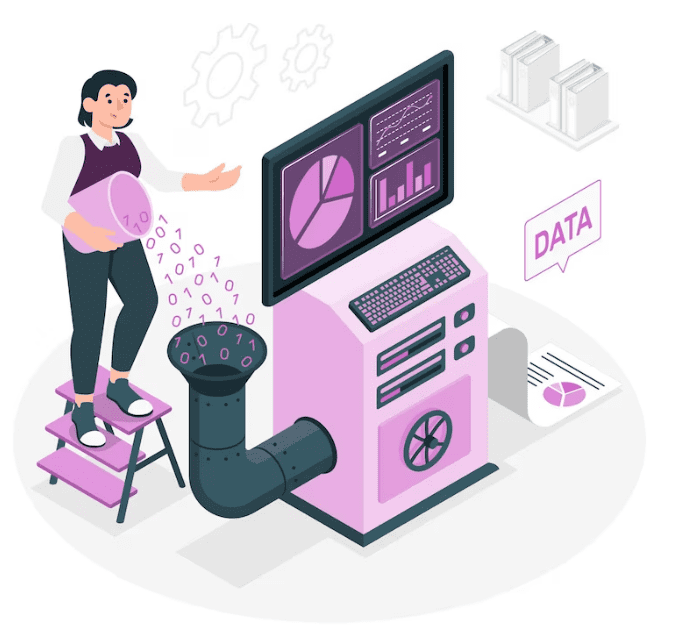
Data-driven testing is essential for thorough software validation. It allows testing various scenarios with diverse inputs, enhancing test coverage. Common test data formats encompass CSV, Excel, JSON, and databases.
It enhances efficiency by enabling tests to be easily modified or extended. In a nutshell, data-driven testing optimises testing efforts, ensures comprehensive coverage, and promotes flexibility in automation processes.
1. Coverage:
Data-driven testing has various advantages for software testing, including the ability to test an application thoroughly by covering multiple input data permutations and combinations.
2. Efficiency:
It also helps to reduce testing time and effort by automating the testing of several situations rather than manually testing each scenario individually, enhancing efficiency.
3. Accuracy:
By automating test cases and making them data-driven, the chances of human errors in test execution is greatly reduced. This helps in high accuracy and reliability on test results, which enable the teams to identify and resolve issues more efficiently
Data-driven testing is considered to be a reliable and efficient approach that can improve the effectiveness, accuracy, and maintainability of the entire testing process.
By using data to drive test cases, it is possible to uncover critical issues and vulnerabilities in the software, leading to a better-performing, more robust product.
However, randomly selecting data alone won't improve quality. To achieve better results, we need to adopt a proper strategy, which we will discuss in the next section.
Data Driven Test Strategy
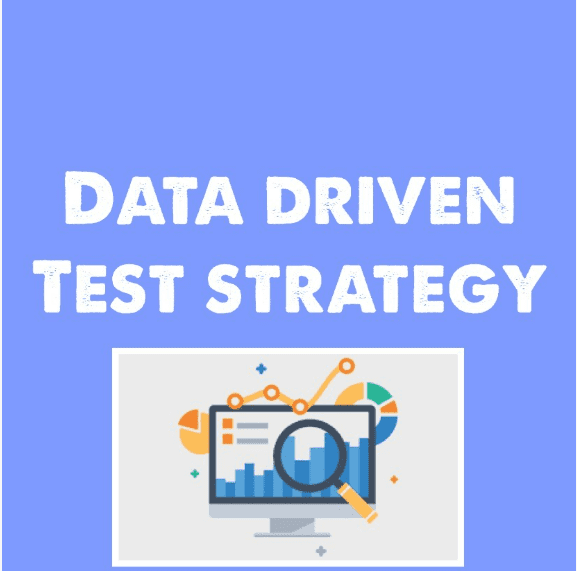
Let us try to concentrate on the most critical issues to consider while developing a data-driven test plan. For those who are unfamiliar with the testing industry, test strategy often refers to a high-level plan or methodology for testing software applications that describes the goals, methodologies, and resources required to ensure the software fulfils its quality objectives.
In this section we will discuss the tips to create an effective data driven test strategy.
1. Careful Selection of Data:
An effective data-driven testing strategy requires careful selection of test data. Determine representative data that covers all possible edge cases, error scenarios, and business logic. Always make sure to add Boundary Value Analysis scenarios to the data set.
2. Data Management:
A reliable data management system is required for a data-driven testing strategy. Establish that you have a safe and dependable system in place to store, retrieve, and manage test data. In modern times, numerous advanced options are available to efficiently manage your data. AWS's S3 service is a well-balanced mechanism designed to handle large volumes of data effectively.
3. Automated Data Processing:
Automation of data processing operations is required for data-driven testing. Make use of automation tools to process data fast, extract information, and provide actionable insights. ETL is one of the technologies which is being widely used to automate data processing.
4. Data Analysis:
Regular data analysis is essential for a successful data-driven testing strategy. Analyse data on a regular basis to spot patterns, trends, and anomalies that can be used to increase testing effectiveness. With the widespread use of AI and advanced LLM models, incorporating LLM for data analysis has become a highly effective approach. Leveraging powerful LLM models can significantly enhance the accuracy and insights gained from data analysis.
5. Iterative Improvement:
Data-driven testing is a continuous process. Review your test data, test results, and testing processes on a regular basis to find areas for improvement and make changes as needed.
Your business guide to codeless test automation
Ready to execute continuous test automation without writing a single code?
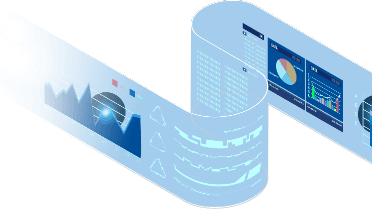
Exploring Popular Data Formats for Data Driven Strategy
Data-driven testing is a method of testing in which test cases are written to use data from external sources, such as JSON, Excel, or CSV files, to drive the testing process. This method enables for more efficient testing while ensuring full coverage.
To start data-driven testing using common formats like JSON, Excel, or CSV, the first thing is to make a file to hold the test data. Typically, in many frameworks, each row in the file matches a test case, and each column represents a detail for that test. For instance, if you're checking a login form, the columns might have username, password, and expected outcome.
After creating the external file, the automation framework can be developed to read and use the data from the file to perform the test cases. This can be accomplished by utilising libraries and tools tailored to the programming language and testing framework in use.
A typical way for JSON is to utilise a library such as JSON.It is straightforward to import data from a file into an automation script. To read and write data from a file in Excel, solutions like Apache POI or OpenPyXL can be utilised. For CSV, the Python built-in csv library or OpenCSV in Java can be used.
Overall, integrating external data sources like JSON, Excel, or CSV files can considerably improve the effectiveness and efficiency of test automation by allowing for more thorough and varied testing.
Use Generative AI for Data Driven Test
By creating a vast quantity of diverse test data that may be utilised to assess software systems, generative AI can be employed for data-driven testing strategies. This method can aid in the identification of edge cases and the discovery of previously unknown issues that would not have been detected by manually generated test data.
Let’s take an example with chatGPT to create test data for testing an application form which has fields like First Name, Last Name, Phone Number.
Prompt Example:
You have been assigned to generate test data for the following fields in a software application: First Name, Last Name, Phone Number in table format. Some of these fields have specific requirements and validations. Your task is to design a set of test data that covers various scenarios, including valid inputs, boundary values, and potential errors.
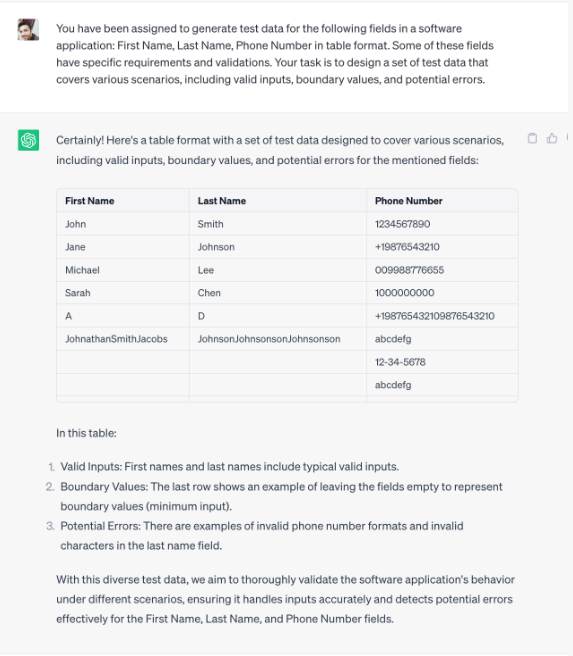
As shown above the given prompt generated a comprehensive set of test data that can be readily utilized for testing purposes. Additionally, you have the flexibility to choose the format of the test data, such as JSON, for consumption in API Automation frameworks. If you require the output in JSON format, you can include this preference in the prompt.
Conclusion:
As the renowned software testing expert William E. Lewis once said, "Effective testing requires both the cleverness of the human mind and the precision of machines." Creating a successful data-driven test strategy involves meticulous planning and execution. By adhering to the following guidelines, you can guarantee that your testing endeavours are exhaustive, impactful, and aligned with your project objectives and timeline.
The crucial aspects include identifying appropriate test scenarios, defining relevant test data, developing data-driven test scripts, prioritising test cases, analyzing test outcomes, and consistently iterating and enhancing your testing practices. By implementing these steps, you can be confident that your applications are rigorously tested, and any defects or glitches are identified and resolved before affecting the end-users.
Discover More:
 Design Thinking for Testers
Design Thinking for Testers
Design Thinking for Testers
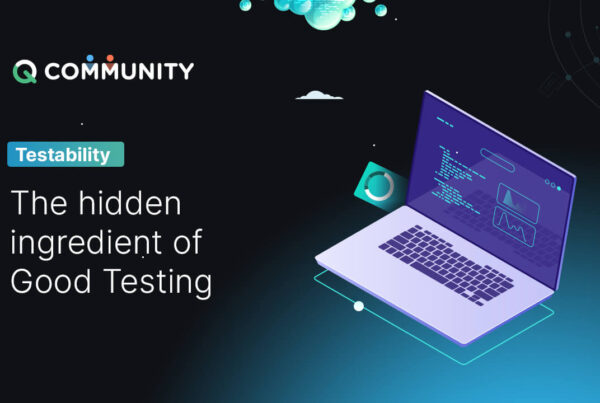 Testability – The Hidden Ingredient for Excellent Testing
Testability – The Hidden Ingredient for Excellent Testing






























